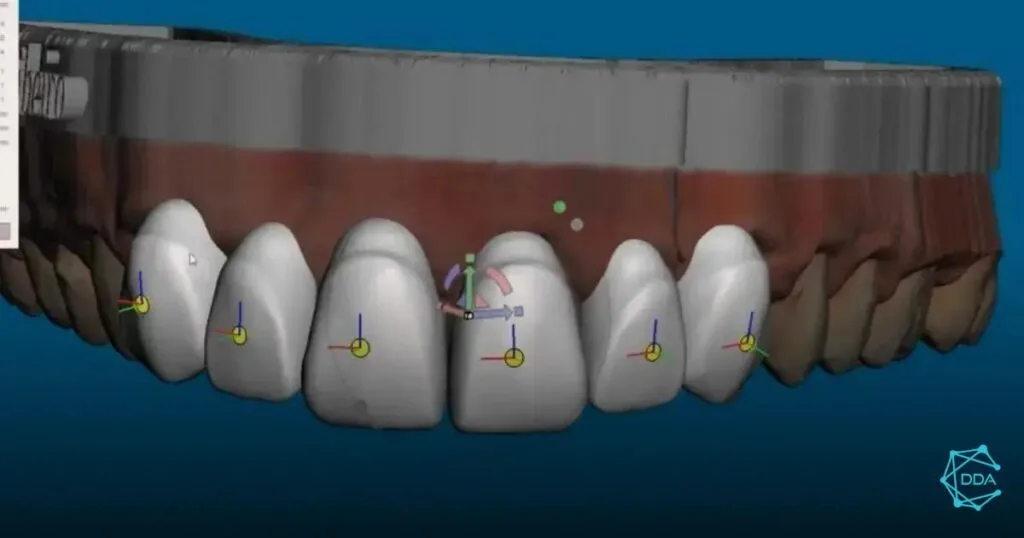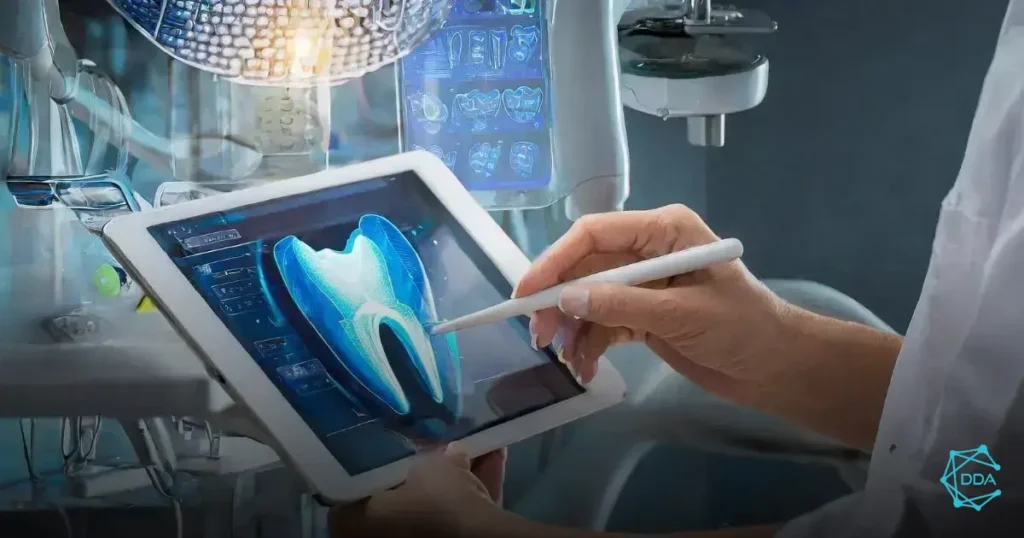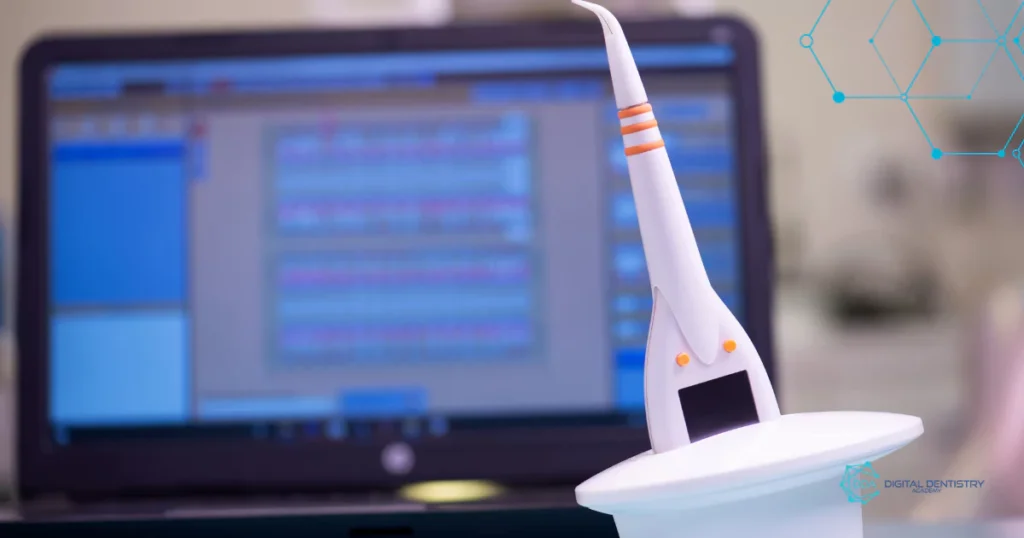The Importance of Digital Panoramics in Dentistry
Technology has revolutionized several areas, including dentistry. One of the most significant innovations in this field is the digital panoramic, an exam that uses x-rays to obtain a complete panorama of the patient's mouth. In this article, we will explore the importance of digital panoramic imaging in dentistry, its benefits and how it can improve dental diagnosis and treatment.
Digital panoramic imaging is a radiographic technique that provides a broad and detailed view of the mouth, which is essential for an accurate diagnosis. Unlike conventional x-rays, which only show a small part of the mouth, digital panoramic views show all of the teeth, jaws, temporomandibular joints and adjacent structures. This allows the dentist to detect potential problems and take the necessary steps to treat them.
One of the main benefits of digital panning is the reduction of radiation exposure. Conventional x-rays require a longer exposure time, which results in a higher dose of radiation for the patient. Digital panorama uses advanced technology that significantly reduces this exposure, making the procedure safer and more comfortable.
Furthermore, the digital panorama offers a high-quality image, which facilitates diagnosis. With this technique, the dentist can identify cavities, inflammations, infections, injuries and dental anomalies more accurately, which allows for more effective treatment. High definition imaging also allows for better visualization of soft tissues, such as gums and periodontal ligaments, allowing the dentist to identify problems such as periodontitis and periodontal disease.
Digital panorama is especially useful in planning complex dental treatments, such as dental implants and wisdom tooth extractions. By viewing a complete image of the mouth, the dentist can assess the position of the teeth, analyze bone density and identify possible complications before starting the procedure. This reduces the risk of complications during treatment and improves aesthetic and functional results for the patient.
Furthermore, the digital overview makes it possible to monitor the progress of treatment over time. The dentist can compare images from different periods to assess the effectiveness of the treatment and make adjustments if necessary.
It is important to emphasize that digital panoramic scans do not replace clinical examinations and other specific radiographic examinations, such as periapical radiography. However, it is an extremely useful complementary tool for the dentist, as it provides detailed and comprehensive information about the patient's mouth.
For the patient, performing the digital panorama is simple and quick. Simply position yourself in front of the equipment and remain still for a few seconds while the camera captures the image. There is no need to bite down on radiographic film or position yourself in an uncomfortable manner as with other types of radiographic examinations.
In summary, digital panoramic imaging is an innovative radiographic technique that brings several benefits to dentistry. It allows for an accurate diagnosis, reduces radiation exposure, facilitates the planning of complex treatments and makes it possible to monitor treatment progress over time. For patients and dentists, the digital panorama is an indispensable resource for modern and efficient dentistry. Therefore, when seeking dental treatment, be sure that your dentist uses this advanced technology to ensure an accurate diagnosis and quality treatment.






